You can compost leaf and yard debris at home, school, or work. Here’s what you need to know! You can also download these guidelines below or ask your municipality, school, or another community organization to host a free composting workshop where you and other members of the community can learn together.

Shred ‘em!
You can compost leaves as-is, but shredding them first is very helpful, especially for tough oak leaves, as it results in faster decomposition. Rake up leaves and shred them with a lawn mower or use a leaf blower’s vacuum and bag attachments.
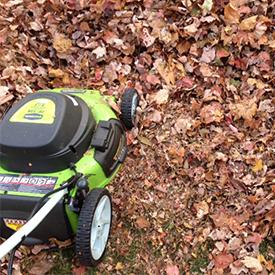
Option 1: Mulch in place or add to beds
You can mulch leaf and yard debris right onto your soil using the mulching attachment on your lawn mower, or simply by removing the bag. Grass clippings and shredded leaves will remain on your lawn, where air and rain will return them to your soil. If you have garden beds, you can place mulched leaves on them in the fall, in preparation for spring planting.
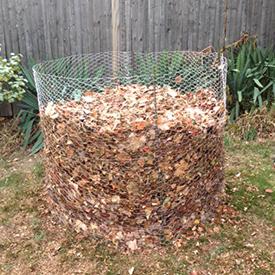
Option 2: Make a pile or build/buy bins
You can just rake leaves (or better yet, shredded leaves) into a pile in the corner of your yard—no bin required! It you want to keep things tidy, you can buy a bin at Resource Recovery or make a simple leaf bin using galvanized chicken wire, tin snips, and four metal stakes. Ten feet of chicken wire will make a bin that holds 16 bags of leaves after they've been shredded!
What goes in my pile/bin
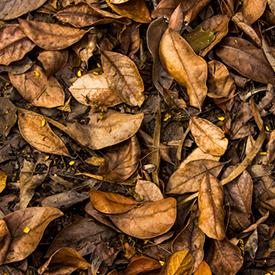
Browns
- Leaves
- Twigs
- Dead plants and flowers
- Untreated wood chips
- Straw
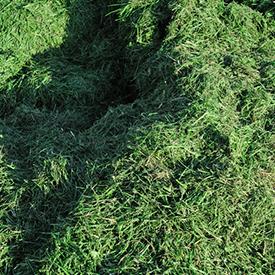
Greens
- Fresh grass clippings
- Add used coffee grounds for a boost of nitrogen!
Maintaining your pile
- Your pile should feel like a wrung-out sponge. If it is dry, add a little water.
- Your pile needs oxygen. Use a garden tool, like a hoe or a pitchfork, to stir up contents weekly.
Harvesting compost
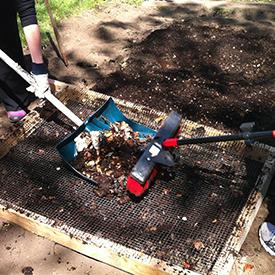
One bin
Use a screen built with 2x4s and wire mesh to separate recognizable debris from compost. Add debris back into bin.

Two bins
Stop adding materials to bin #1. Start using bin #2. Continue to stir up contents of bin #1 until all debris breaks down.

Using Compost
- Curing: Compost with no recognizable debris needs to sit for about four weeks before it is at ambient temperature, and ready to use. One way to ensure compost is cured is to apply it four weeks before planting.
- New beds: Till 1-3” into top 12” of dark soil or 2-6” into light soil.
- Maintenance: Once fully cured, place on areas that you have already planted.
- Basic potting mix = 1/3 compost +1/3 sand + 1/3 soil
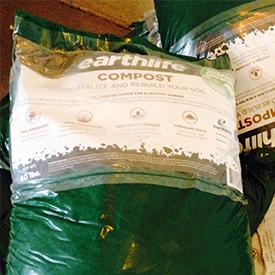
Need more?
Compost made from RI's leaf and yard debris, and approved for use in organic growing, is available at Resource Recovery.



